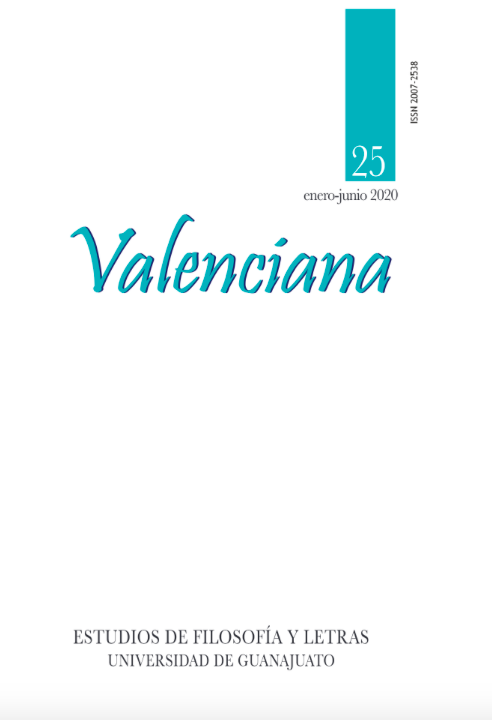Following in the footsteps of our forefathers: an introduction to The Structure of World History by Kōjin Karatani
DOI:
https://doi.org/10.15174/rv.vi25.504Abstract
This article presents Japanese philosopher Kōjin Karatani´s thought, focused mainly on his recent work The Structure of the World History (2010). In this book, Karatani proposes the concept of “modes of exchange” in order to replace the traditional concept of modes of production. The modes of exchange are conceptualized as follows: mode A (gift and countergift), mode B (submission and protection) and mode C (money and commodity). As dominant modes of exchange of the historical stages, they represent respectively the three social formations (world-systems). To these three modes, Karatani adds the fourth: mode D, which should be the founding principle of the future communism and of the next stage of the human history. In my opinion, however, the characteristic of mode D is only outlined abstractly in this book and is not explained enough in detail, as well as the necessity for the transition to that new historical stage. To fill this gap in theory, it is necessary to look up Karatani´s most recent books and articles published after the release of the book “Structure”. Accordingly, the nature of mode D will be brought to light as a return of primal nomadism that precedes the beginning of the exchange, and as a power that invalidates the power of other modes of exchange.
Published
How to Cite
Issue
Section
License
Author(s) who publish in this journal do accept the next conditions:
According to copyright regulations, Valenciana does recognize and respect the authors’ moral right, as well as the right of property, which will be assigned to the journal for its diffusion in open access.
Valenciana does not charge authors for the submission, editorial process or publication in the journal.
All texts published and distributed by Valenciana (without exception) are supported by the license Creative Commons Attribution-NonCommercial 4.0 International (CC BY-NC 4.0), which allows third parties to use the publication as long as they mention the author and the first publication.
Authors can make other independent and additional contractual agreements for the non-exclusive use of his article published in Valenciana (e.g. including it in an institutional repository or in printed/electronic media), as long as it is explicitly clarified that the article was published for the first time in this journal.
For these purposes, authors must sign and send the letter of submission and copyright transfer form in a PDF file to this email address: revistavalenciana@gmail.com
This journal is under a license by Creative Commons Atribución-NoComercial-SinDerivadas 4.0 Internacional (CC BY-NC-ND 4.0)).











